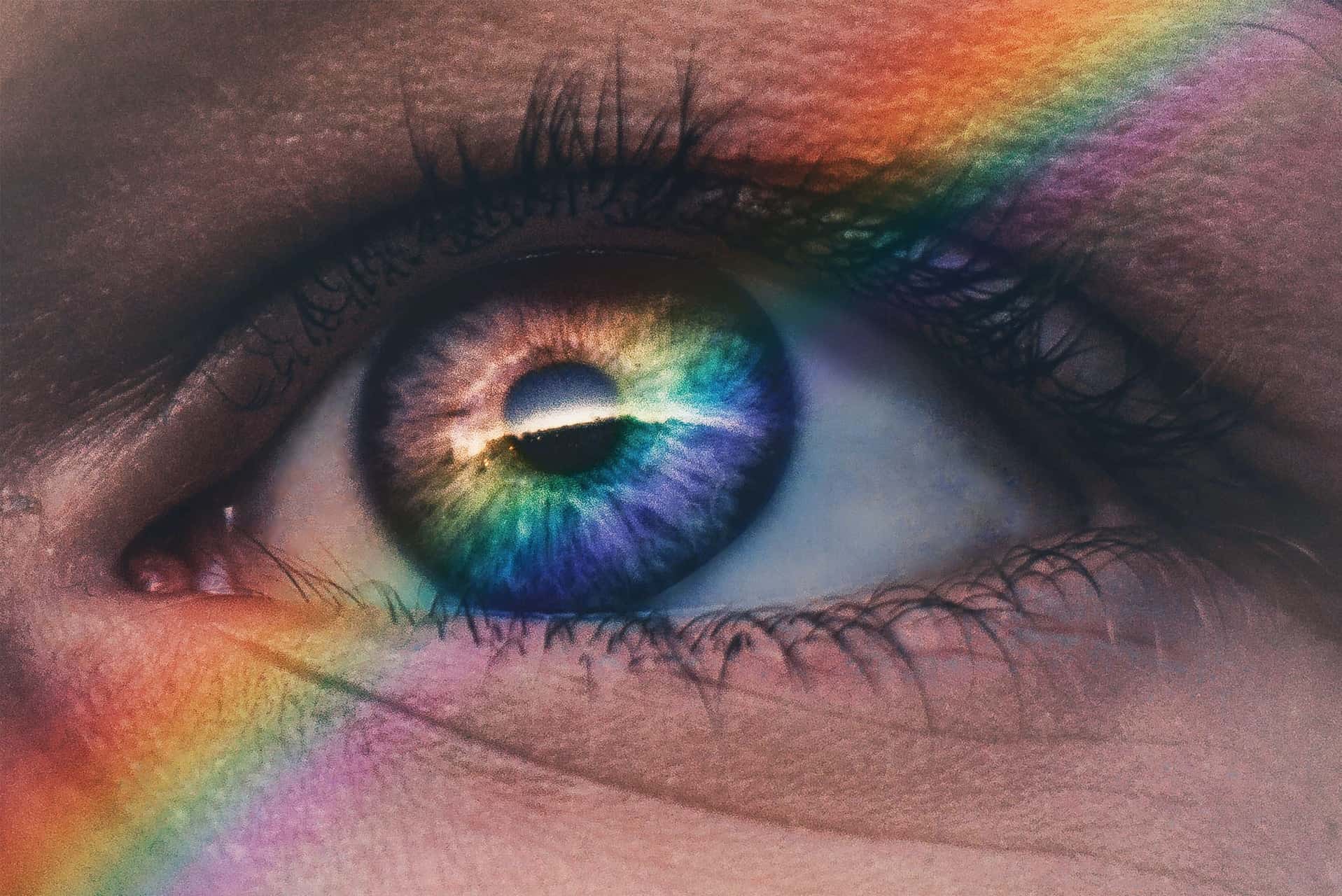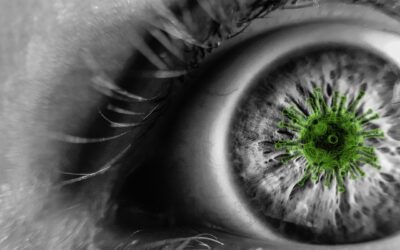The eyes process different colors of light very differently, particularly when it is dark in the environment. In most situations, the light is a variant of white light – either from the sun, lights indoors, or digital devices. However, there are also instances in which lights are a single color such as a red exit sign or a green power indicator. Even among white lights, there is variation based on what colors are emphasized in the light – blue for LED devices and yellow or orange for incandescent light bulbs. These color differences can lead to different responses and outcomes in vision.
What is White Light?
White light is the combination of all colors of light to form a natural, overall colorless light.
Examples of white light include sunlight, traditional light bulbs, and LED light bulbs.
White light is the standard illumination for nearly all instances and is by far the most common type of light that is encountered.
Within white light, there are different variations that have more or less of one particular color in the light.
An easy way to understand this difference is by comparing an incandescent light bulb to a bright fluorescent LED light bulb, the incandescent light bulb puts off a much warmer, yellow light whereas the fluorescent LED light bulb puts off a cool, blue light when compared.
While both the incandescent and LED light emit white light, there are noticeable differences in the type of white light emitted.
Other Colored Lights
Beyond white lights, there can also be lights of any particular color within the visible light spectrum.
Colors include red, orange, yellow, green, blue, indigo, and violet as well as any potential combination of two or more of these colors.
These colored lights only emit wavelengths of a specific color, while white light includes wavelengths of all colors.
Lights in the Dark
In the dark, the visual system relies on rod photoreceptors instead of cone photoreceptors. This physiological difference is important when understanding what color lights are used in dim lighting.
Rod photoreceptors are the most sensitive to blue lights, and they are the least sensitive to red lights.
Cone photoreceptors are the most sensitive to green or red lights and are less sensitive to blue lights.
When in a dark environment, the eyes naturally adapt to less ambient light and vision improves using this dark adaptation.
If bright lights are then shone, the eyes will become bleached and vision will be very poor.
In order to avoid bleaching the photoreceptors, lights that are designed to be seen in dark lighting are usually red – alarm clocks, exit signs, and off-signal indicators are all examples.
This allows the light to be perceived using the rod photoreceptor without losing the dark adaptation of the photoreceptors.
White Lights and Vision
When exposed to white light, the eyes will rely on cone photoreceptors instead of rod photoreceptors.
Different types of white light elicit different visual responses based on the color that is emphasized.
Warmer tones – those that are more yellow or orange – will have a soothing, relaxing effect and are often used in homes or restaurants.
Cooler tones – those with a blue tint – will have an energizing effect and are often used in businesses, stores, or hospitals.
Our eye doctors at Eye Theory in Houston, TX excel in the prescription of contact lenses, glasses and various eye diseases. Call our optometrist at 832.831.7386 or schedule an appointment online if you would like to learn more about white light. Our eye doctor, Dr. Jonathan Tsao, provides the highest quality optometry services and eye exams in the Midtown, Downtown, Museum District, Montrose, East Downtown, and Southside Commons (Southside Place) vicinities of Houston, Texas as well as our newest location in the Stone Oaks neighborhood of San Antonio, Texas.





